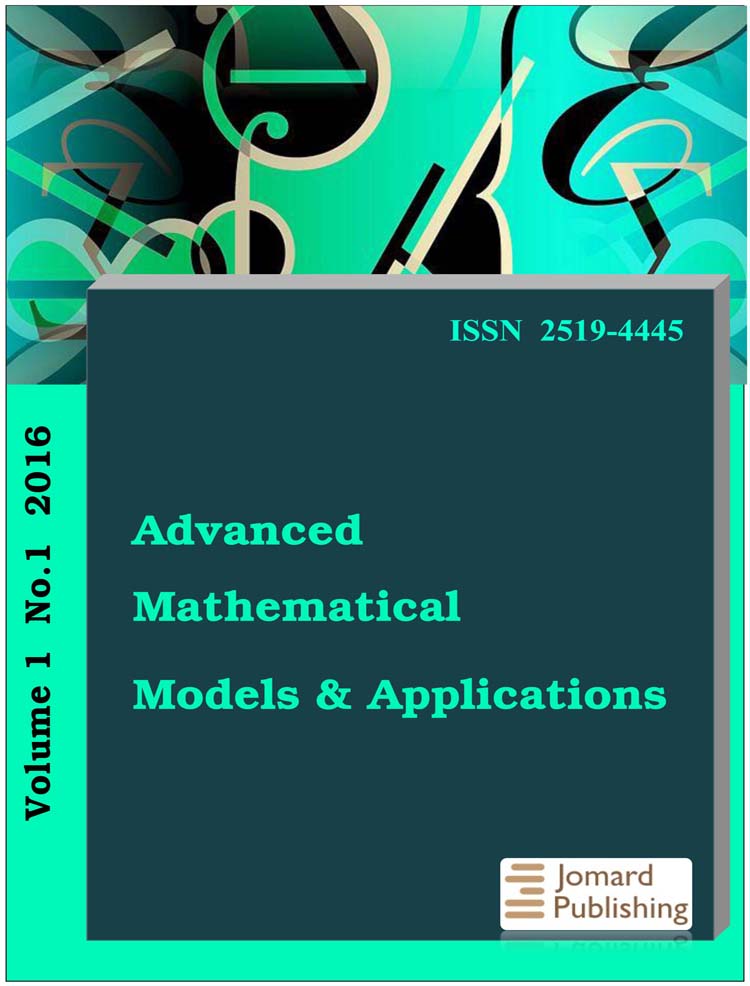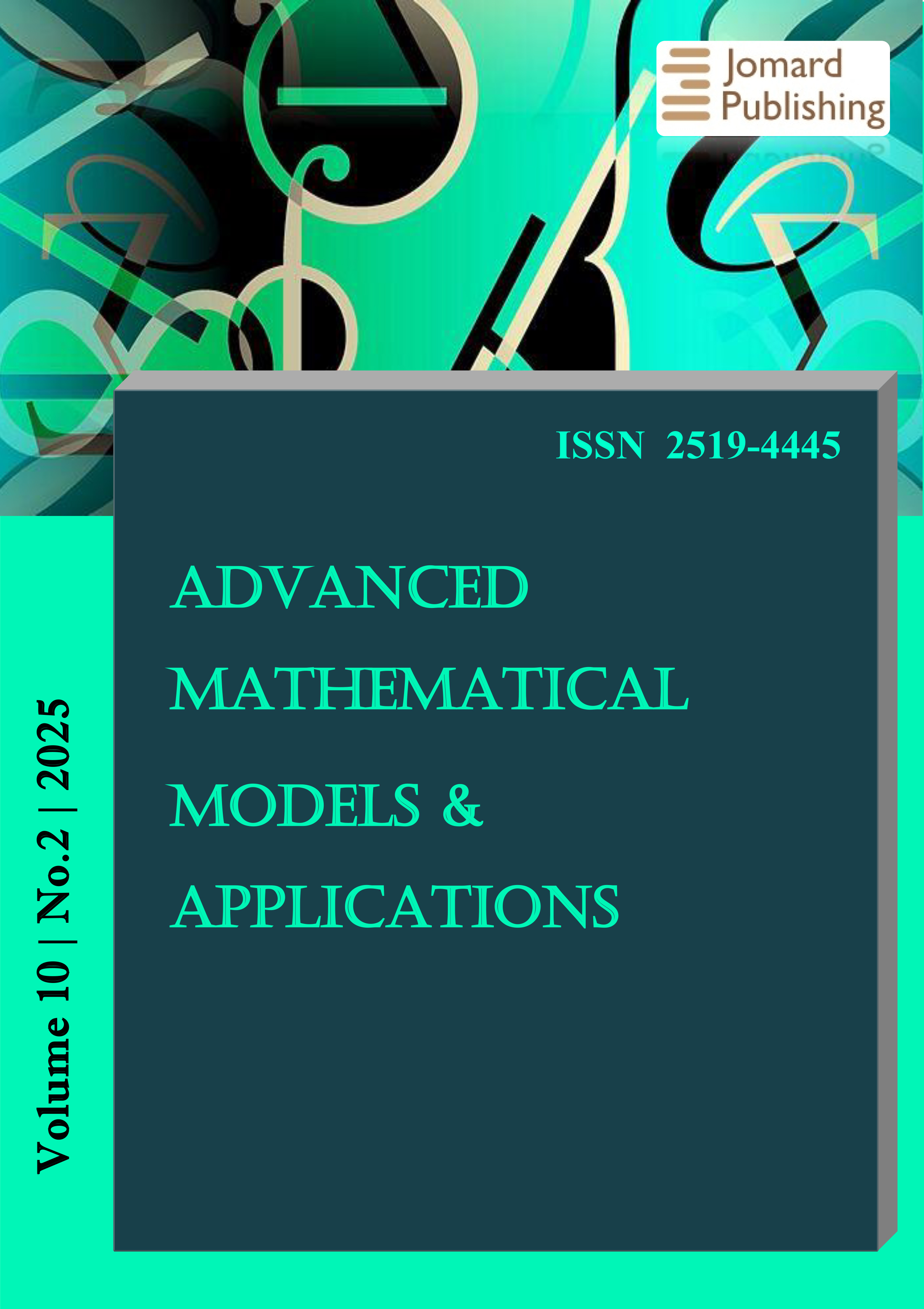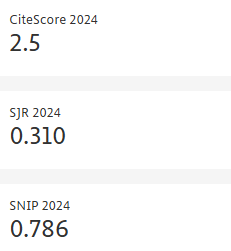Dynamic Optimization of a Crank-Connecting Rod System Using a Flywheel: A Mathematical Approach
- Published: 03-08-2025
Share
Rotational systems exhibit fluctuations, which do not permit the correct operation in the presence of underused power. The system is being modelled with flywheel that permit analysing its dynamic behaviour and evaluating how flywheel improves stability and efficiency. The mathematical model studies the moment of inertia, the resulting torque acting during motion, the flywheel’s impact on reducing angular velocity and torque’s fluctuations, optimizing energy use, the dynamic behaviour by solving nonlinear differential equations that describe angular acceleration. The objective is to understand how the inclusion of a flywheel helps smooth out torque oscillations and improves the system’s energy efficiency. An inverse dynamic analysis of the system is performed, solving differential equations of motion. Principles of energy conservation, kinematics, and rigid-body dynamics are used to model. Simulations are presented to evaluate the variation in angular velocity and the effect of the flywheel on system stability. The system without a flywheel exhibits fluctuations in angular velocity and input torque; so, with the flywheel, the angular velocity is more stable and the torque is reduced. Finally, the relationship between the system’s moment of inertia and the flywheel allows for the design of a more efficient system, improving the system’s energy efficiency.
- View 505
- Downloads 82
- Saveds 0
- Citations (Crossref) 0


